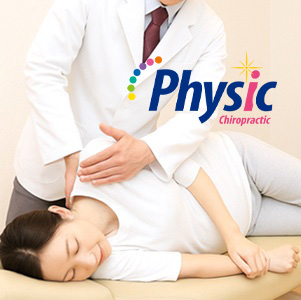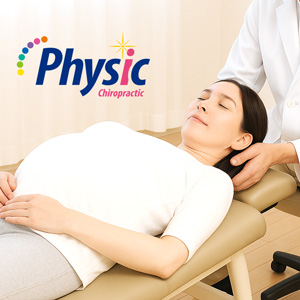Research-Based Method for Breech Baby Repositioning
Facing a breech diagnosis in the later weeks of pregnancy can raise fears about C-section or complications. For many expecting mothers, the hope of a natural birth remains strong.
Recent research supports natural, non-invasive strategies—such as chiropractic care, movement therapy, and gut health improvement—as effective ways to support spontaneous rotation. Here, we highlight these approaches with clinical evidence.

Research-Based Breech Care
1. Chiropractic Interventions
-
-
- Webster Technique Success Rate: A 2002 study by Jeanne Ohm (JMPT) showed that 92% of breech babies turned head-down after receiving this gentle sacral and ligament-based adjustment.
- Case Study: A 2022 report (Poirier & Loranger) documented a 39-week breech baby repositioned after sacral and round ligament work.
- Lateral Breech Case: A 2015 case (Drobbin & La Rosa) reported successful natural delivery after 7 chiropractic sessions for a transverse breech at 30 weeks.
-
2. Movement-Based Approaches
-
-
- Side-Lying Positioning: A 2025 PLOS Medicine study (Shinmura et al.) showed a reduction in breech rates (19% to 11%) through twice-daily side-lying practices based on fetal back positioning.
- Knee-Chest Positioning: A 2005 study (Peterson et al.) showed 58% of babies turned with this simple gravity-based posture held twice daily.
- Pelvic Mobilization + Breathing: A 2018 study (Morrison) documented rotation after targeted breathing and pelvic movement therapy.
-
3. Gut Health and Fetal Movement
-
-
- Microbiome Influence: A 2021 study (Yang et al.) suggested gut bacteria balance may affect fetal posture.
- Constipation & Uterine Pressure: A 2020 study (Kimura et al.) linked chronic constipation with limited fetal rotation.
- Prebiotics & Fiber: Research (Chen et al., 2022; Morales et al., 2019) found dietary changes helped improve fetal mobility and natural rotation.
-
Summary: Natural Breech Repositioning Strategies
-
-
- Chiropractic pelvic alignment to release tension and improve uterine space
- Visceral manual therapy to soften the abdomen and support uterine flexibility
- Postures like knee-chest and side-lying to leverage gravity
- Breathwork and stretches to enhance pelvic mobility and circulation
- Gut health strategies (prebiotics, fiber, fermented foods) to reduce pressure
- Nervous system regulation through gentle bodywork and relaxation techniques
-

Conclusion
Research increasingly supports gentle, natural approaches to breech baby repositioning. At Physic Ebisu, we combine evidence-based methods with personalized care to help mothers prepare for the birth they hope for. Our breech support sessions are safe, respectful, and based on your unique body needs. Let’s explore your options—together.
Your Complete Guide to “Maternity Hands Care” – A Prenatal Therapy in Tokyo
-
- Digestive Issues
– Nausea, constipation, diarrhea, gas, poor appetite
- Digestive Issues
7. Struggling with Morning Sickness During Pregnancy?
8. Diagnosed with Breech Position at the OB Clinic?
9. Want to Naturally Turn a Breech Baby?








